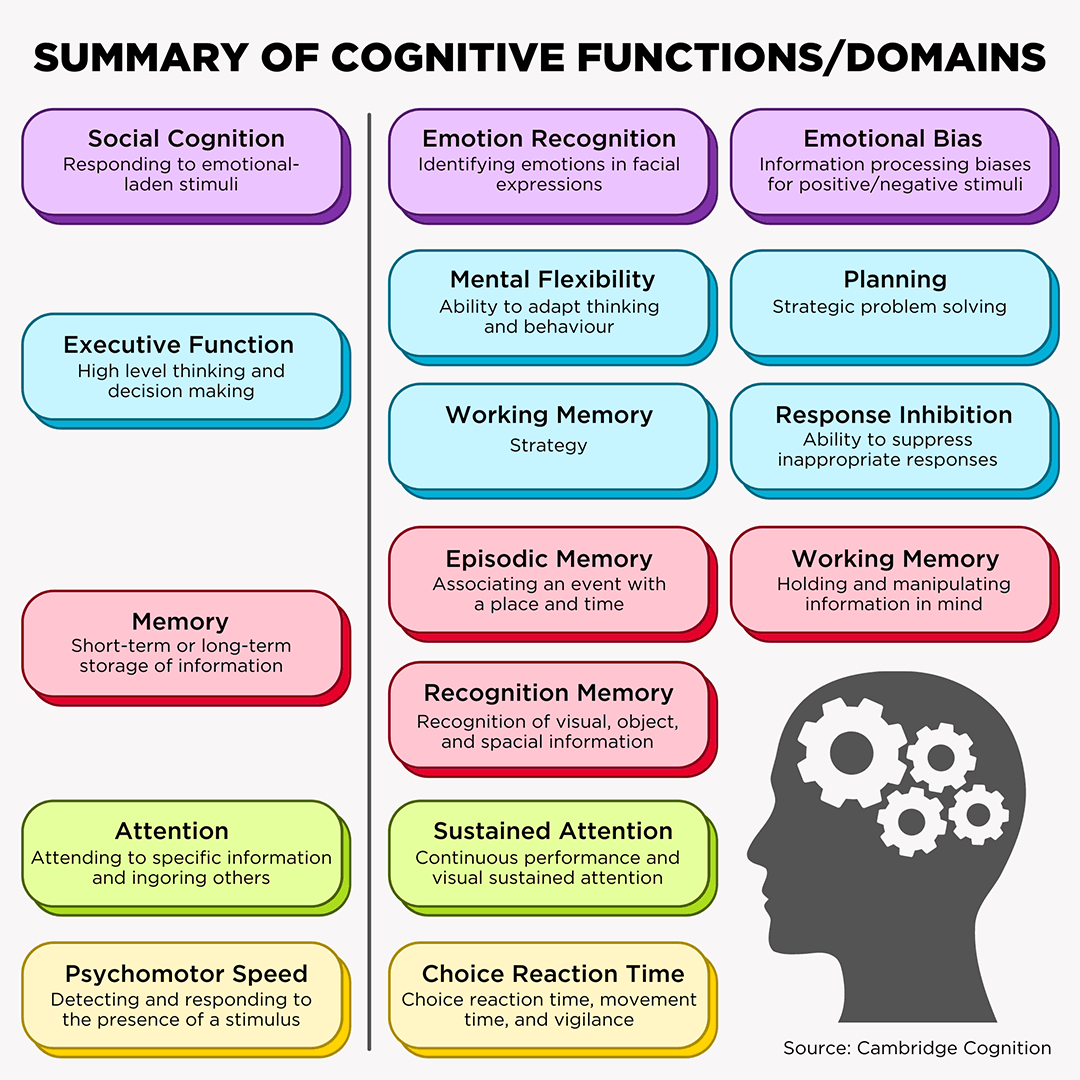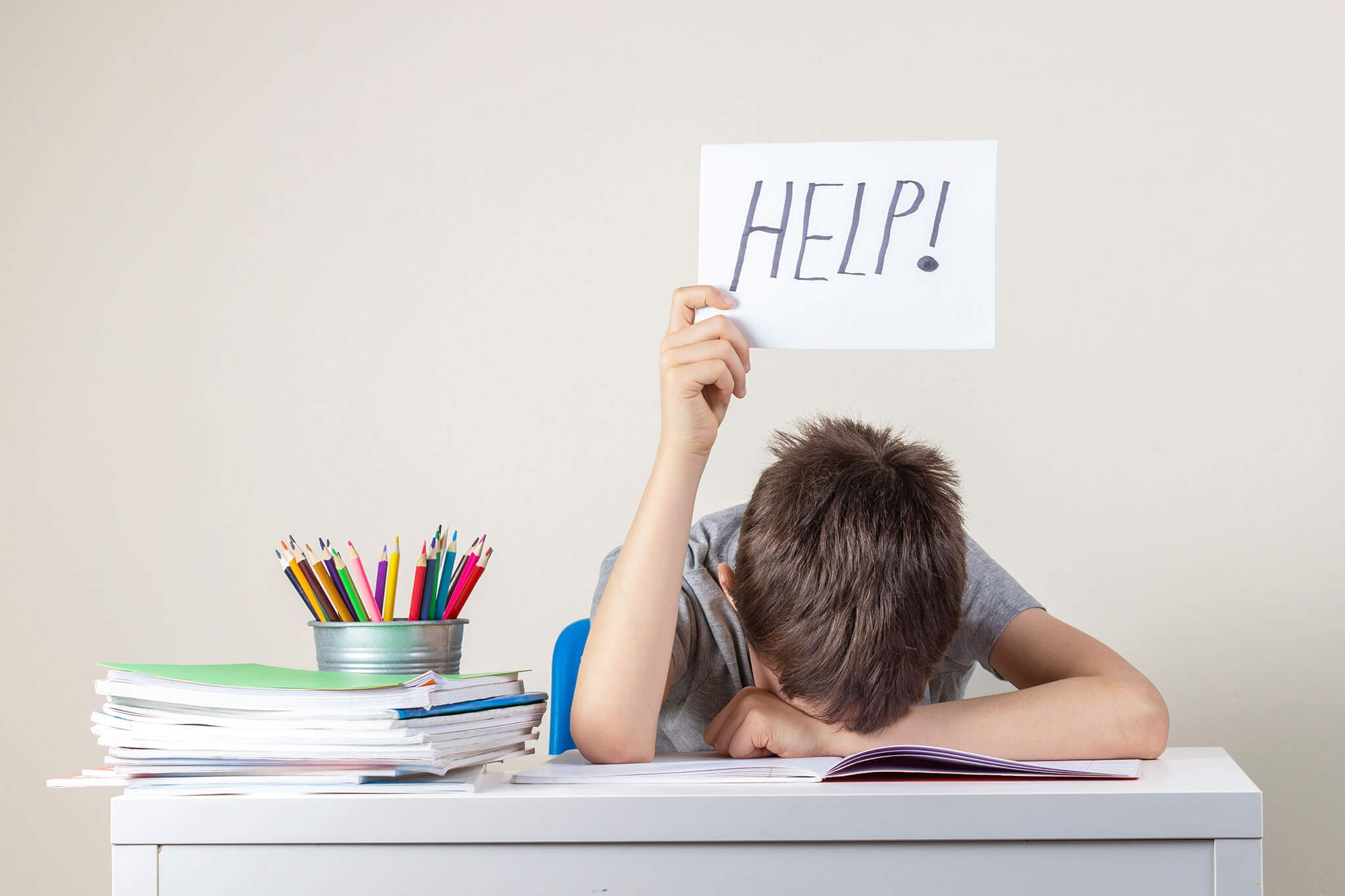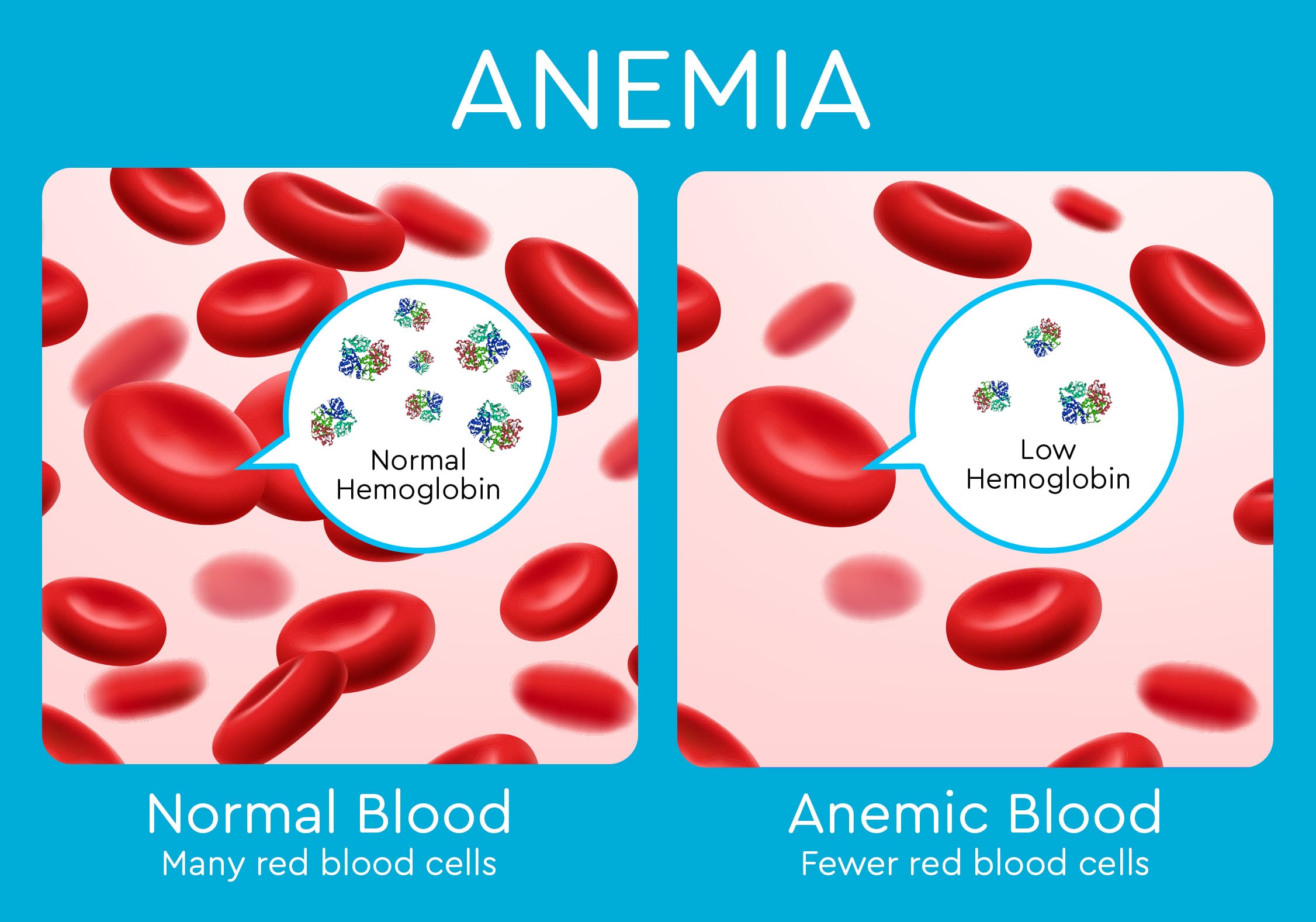Symptoms of Iron Deficiency Anemia in Children

By Rhianna Ross, RHN
Symptoms of iron deficiency and their severity can vary from child to child; some children may only have one to two symptoms or even be symptom-free (also called asymptomatic).
Some of the symptoms listed below can also be caused by other nutrient deficiencies or underlying health issues. If your child’s iron levels have been tested and are optimal, you will need to explore other possibilities. Work with your health care practitioner to investigate.
Remember that your child’s health will be impacted long before iron deficiency anemia is diagnosed.
But iron needs don’t end with childhood. Iron is important for optimal health at every age. Iron deficiency can negatively impact both our physical and mental health.
Symptoms Related to Brain Formation and Function

“Cognition is defined as ‘the mental action or process of acquiring knowledge and understanding through thought, experience, and the senses.’… It is in essence, the ability to perceive and react, process and understand, store and retrieve information, make decisions and produce appropriate responses.” https://www.cambridgecognition.com/blog/entry/what-is-cognition

Mood & Behaviour Problems
Processing emotions, regulating behaviour, and mood are all parts of cognition. Iron deficiency anemia during development may alter cognition. If a child is suffering an iron deficiency when the brain is developing, lasting abnormalities in the brain may occur if iron stores are not replenished quickly. This can cause mood and behavioural issues.
Iron deficiency anemia in children can show up as the following:
- Hyperactivity followed by exhaustion
- Frequent tantrums and meltdowns
- Hard time falling asleep, unhappy upon waking
- Anxiety

Difficulty Learning
Difficulty concentrating, learning, and problem solving are all symptoms of iron deficiency. A deficiency of iron during periods of growth can cause lasting abnormalities in these areas of brain function.
- Poor grades, difficulty learning
- Difficulty paying attention or performing in school
- Difficulty problem solving
- Poor memory

Poor Motor Skills
Children with iron deficiency often have delays in learning and performing new tasks like walking and crawling. The relationship between iron status in children and motor skills has been well studied and is connected to impaired myelination during early brain development. Myelination is the formation of a coating of fats and proteins, known as myelin, around nerve cells and neurons. Early supplementation in young babies is key to ensure proper myelination occurs.
Did You Know?
Symptoms of iron deficiency and their severity can vary; some children may have only one to two symptoms or even be asymptomatic.
Physical Symptoms of Iron Deficiency
Sleep Problems & Tiredness
Sleep problems, like difficulty falling or staying asleep, and feeling tired are associated with iron deficiency or anemia. If your child has sleep issues, get their iron tested.

Restless Legs
Tingling sensations and/or an uncontrollable urge to move the legs are symptoms of restless leg syndrome. This is an annoying health problem that is caused by iron deficiency or iron deficiency anemia. Iron is needed to make dopamine, an important neurotransmitter involved in muscle movement and emotional status.
Reduced Immunity
Low iron causes a weak immune system which results in more colds, fevers, and flu. Certain cells that are a part of our immune system need iron for metabolism and if iron is low, they will not create enough energy to work properly. Healthy iron levels in the body are needed for a strong immune system.
Craving Ice, Dirt, or Clay (Pica)
Craving ice, dirt, or clay are common symptoms of low iron, zinc, and magnesium, especially in children. While the reasons aren’t totally clear, dirt and clay are likely a source of minerals.
Stunted Growth & Development
Being shorter or smaller than other children of the same age group is a symptom of iron deficiency. Growing kids need iron. Without optimal levels, growth and development can be stunted.
Muscle Weakness & Low Stamina
Muscle weakness and reduced stamina are more common in children with iron deficiency than children with optimal iron levels. This is because iron is needed to deliver enough oxygen or energy.
Cold Hands & Feet
Cold hands and feet, a sign of poor circulation, are also a symptom of iron deficiency and anemia. Low iron causes less oxygen to be carried to the cells, tissues, and organs of the body, leading to poor circulation.

Dizziness, Fast Heartbeat, Rapid Breathing
Dizziness, rapid or irregular heart rate, or feeling out of breath are signs of iron deficiency or anemia. When your iron is low, hemoglobin can’t carry adequate oxygen on your red blood cells to provide enough oxygen to your brain and heart. Hemoglobin is an iron-containing protein found in red blood cells that carry oxygen from our lungs to the rest of the body.

This is also why heart palpitations can occur. Our heart works harder trying to move blood around the body faster to provide cells with more oxygen.
When to Supplement?
Early correction of iron deficiency and iron deficiency is important to protect children from lasting effects on development and growth.
While many doctors may say that someone is “in normal range” until your child becomes anemic, research shows that a deficiency in iron can start to harm them well before hemoglobin drops low enough to be diagnosed as anemic.
“Brain ID occurs before IDA [iron deficiency anemia]. It can alter the development of oligodendrocytes and result in hypomyelination of white matter, which is related to changes in startle response, auditory evoked potentials, and motor function in the infant (Beard, 2007; Todorich et al., 2009). Early ID also neurochemically alters the function of neurotransmitters. Animal models have shown that ID can alter the function of the frontal cortex, midline thalamus, and other brain regions by modifying the dopaminergic neurotransmission system (Beard and Connor, 2003).” – https://www.frontiersin.org/articles/10.3389/fnins.2021.769558/full
Diet can also help to support and increase iron levels. Read more about iron and food here.
KidStar® BioFe® Iron
KidStar® BioFe® is gentle and will not upset sensitive stomachs or stain teeth like common iron supplements. BioFe+ Iron Liquid is safe for the whole family, from infancy to adulthood.
The iron in BioFe is micronized and microencapsulated, protecting you from the side effects of iron, like constipation, black stools, tummy upset, and grey teeth. Microencapsulation also allows BioFe iron to be taken at the same time as foods and nutrients containing calcium.
Like all KidStar nutrients, our iron supplements do not contain sugar, artificial colours, artificial sweeteners and artificial flavours, soy, gluten and GMOs. KidStar BioFe Iron is available in a tasty liquid, unflavoured liquid drops and a tiny chewable tablet.
![]()
Find iron products here
Gentle, unflavoured, pure iron drops in an MCT base.
BioFe® Pure Iron Drops
Price range: $30.50 through $77.78
Iron for the Family Bundle
Iron for the Family Bundle
$73.10
Gentle, delicious, iron liquid formula for toddlers, children, and older.
BioFe+® Iron Liquid
$36.50

About the Author
Rhianna Ross, R.H.N., is a registered holistic nutritionist based in Vancouver, BC. Rhianna has more than a decade of experience in the natural health and wellness industry, and currently works at KidStar Nutrients, where she enjoys reviewing and analyzing the latest nutritional research papers, meta-analyses, and journal articles.
